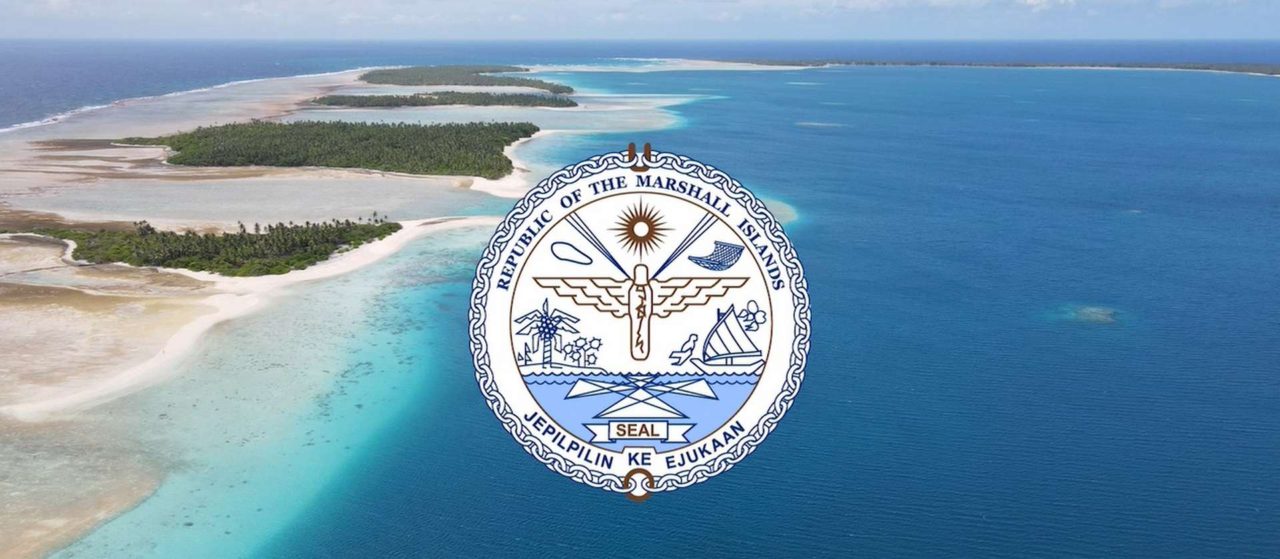For the remote Pacific Island nation of the Republic of the Marshall Islands (RMI), with a population of barely 43,000 people, this year’s annual United Nations Framework Convention on Climate Change Conference of Parties (COP27) has been the most important yet for the future of this vulnerable nation.
Few countries have more at stake than this low-lying island nation exposed to the full impact of climate change forces through drought, rising sea levels, tropical storms and typhoons. Located roughly halfway between Hawai’i and Australia, with an Economic Exclusive Zone of 770,000 sq. miles, yet only 70 sq. miles of landmass spread amongst 29 atolls and 5 islands, the nation is facing a truly precarious future.
Speaking on the occasion of the formal public release of the ‘RMI Statement of Intent on Adaptation’ (SOI) at the Sharm El Sheikh International Convention Centre, Egypt, Director of the RMI Climate Change Directorate, Mr. Clarence Samuel said, “climate scientists estimate that within as little as 50 years, the Marshall Islands will have encountered sea level rise of around 20 inches (0.5m). Beyond this point, because of recurrent wave over-wash, many of our atolls will become uninhabitable”. He added, “not only that, groundwater forced upwards by rising sea levels will flood the two main urban centers of Majuro and Ebeye, home to 70% of our population, to such an extent that buildings, infrastructure and land will be rendered unusable.”
He went on to emphasize that, “due to the impact of climate change, our seat of government and the core of our economic activities; our medical, education and other essential services; our businesses, our homes, our gardens, our families, our pets – all, all of it will be dislocated and need to be relocated. The challenge of adapting to this is monumental. Indeed, how does any small nation adapt to such circumstances without global assistance?” he asked.
“What becomes clear from the science and observation which has fed the development of our SOI and national adaptation planning is that to survive as a nation-state, the Marshall Islands must not just once, but continually adapt, as sea levels rise. If we don’t, our nation will be overrun by the sea. To retain a presence as a nation-state beyond 2150, we will need to protect selected land against sea level rise of 6.6 feet (2.0 m).”
He went on to say that, “Of course, to do this will take human, technical and financial resources that are well beyond the reach of our nation. So, we need the support of the global community so that we Marshallese retain some remnant of our national territory on which to live and call home.”
This, indeed, is a key message stressed by the Marshallese. Being one of the nations most vulnerable to sea level rise caused by climate change, yet one of the nations least responsible for it, disinterest, inaction and insufficient support from leaders of the developed world are responses no longer acceptable to the global community. The Statement of Intent stresses that ‘business as usual’ for adaptation efforts is no longer tenable. Piecemeal adaptation activities will no longer suffice. Successful adaptation planning and implementation in future will require a long-term focus, with financing and support mechanisms to match. Current global funding models are not suited to the large scale, transformative adaptation projects that are required by countries like the Marshall Islands.
RMI Climate Envoy Ms. Kathy Jetnil-Kijiner followed up Mr. Samuel’s remarks by emphasizing that, “we hope the message is clear to all. The rich and developed countries must scale up their support, their commitment and their actions. What happens next determines the future of our children.”


